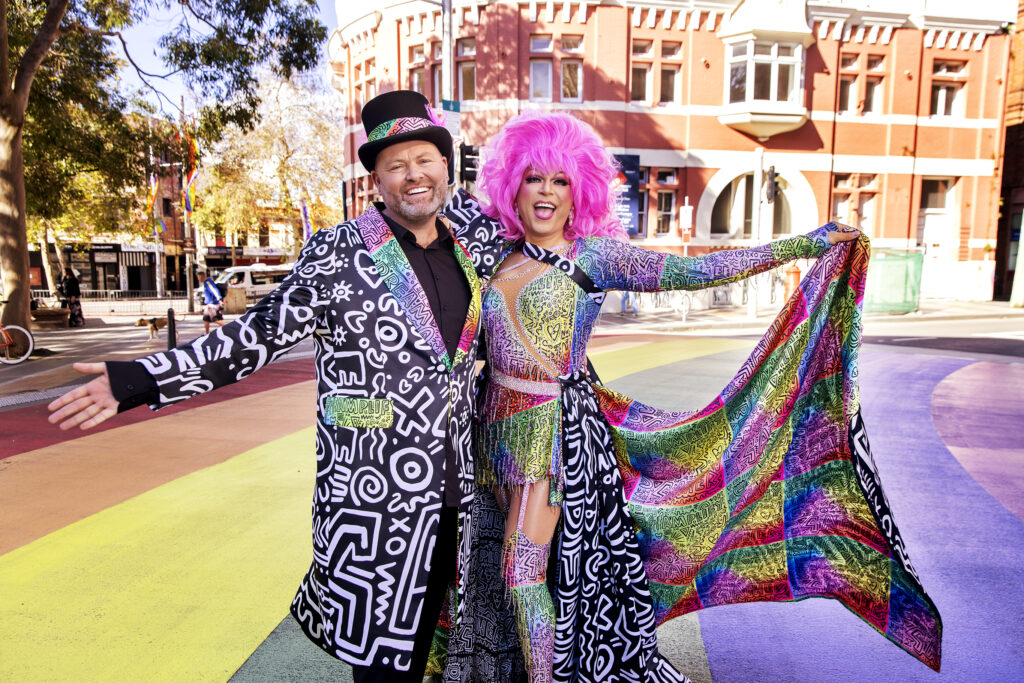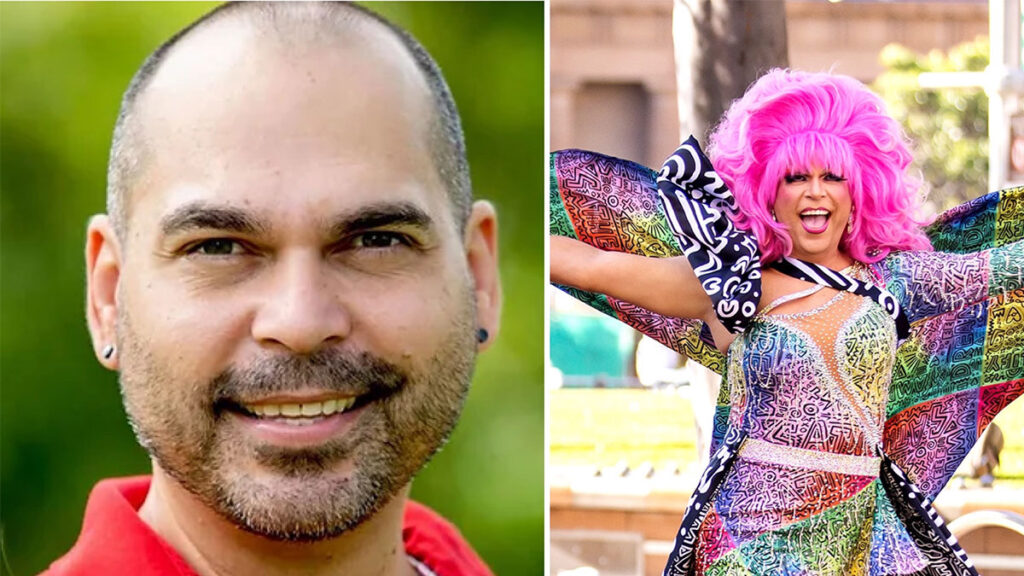Ben Graetz also known as Miss Ellaneous Elevates First Nations’ Culture and People
For our Vacationer of the Week, we interviewed Ben Graetz, the Creative Director of the recent Sydney WorldPride. He’s also known as drag queen Miss Ellaneous. Graetz talks to us about the importance of First Nations’ visibility to international LGBTQ+ travelers when visiting Australia.
From the start, Ben Graetz was an important part of the Sydney Gay and Lesbian Mardi Gras team that made the journey to Athens in October 2019 to make the case for why Sydney (also known as part of Gadigal Land) should be the host city for 2023 World Pride. Well, the rest is history because Sydney WorldPride (SWP) was not only successful, but Graetz was part of the reason why programming for the global Pride event made a concerted effort to showcase First Nations people and their culture.
As Festival Creative Director for Sydney WorldPride, Graetz, also known as the fab drag queen Miss Ellaneous, is no stranger to understanding the need to shine the light on and amplify the voices of underrepresented groups and or people of color. On his mom’s side, he is the descendent of the Iwaidja and Malak Malek clans in the North Territory and of Badu Island in the Torres Strait, and he also has German, English, and Irish heritage on his dad’s side of the family.
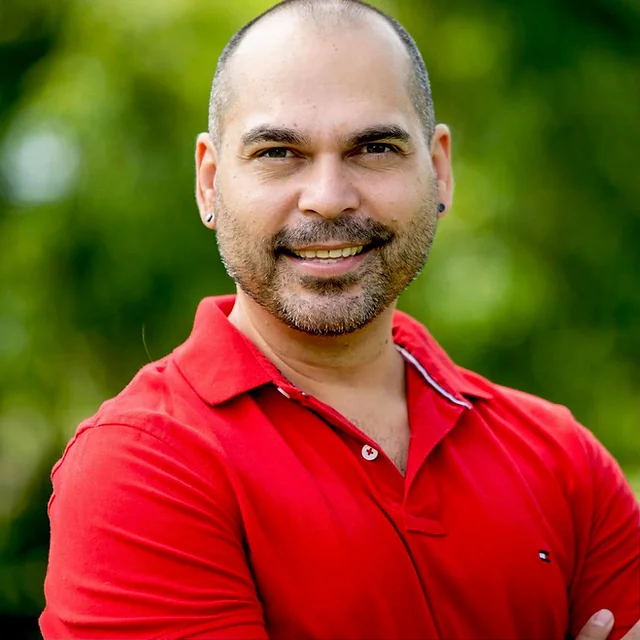
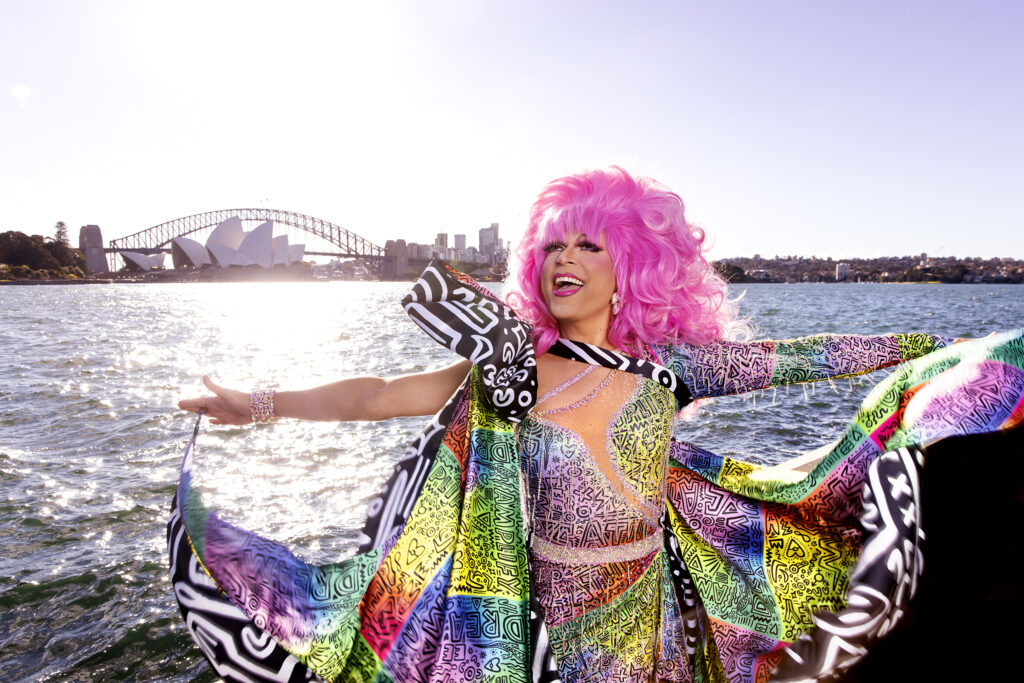
With over 20 years of creative expertise that includes both First Nations and LGBTQ+ identities, Graetz has a strong knowledge of the arts in Australia and tapped into his network of First Nations practitioners around the world, including Aoteara (New Zealand), Turtle Island (North America), and Taiwan. In addition to having his own production company, he is the founder of Darwin’s First Nations festival GARRMALANG and he has been instrumental in the organization as well as raising the profile of Darwin Pride.
Graetz and his team were responsible for erecting the Sydney WorldPride’s Marri Madung ButBut (Many Brave Hearts): The First Nations Gathering Space at Carriageworks for an almost weeklong celebration of Aboriginal and Torres Strait Island LGBTQIA+ Sistergirl and Brotherboy culture and creativity. Miss First Nation: Supreme Queen, Daddy, and Klub Village, a variety show and dance party curated by RuPaul’s Drag Race Down Understar, Kween Kong, were just a few scheduled events for Pride attendees. From free to ticketed events, such as the Blak & Deadly Gala Concert at the Sydney Opera House, repped First Nations culture and people to make sure that locals and tourists alike understood its importance to everyday life in Oz and the country’s history.
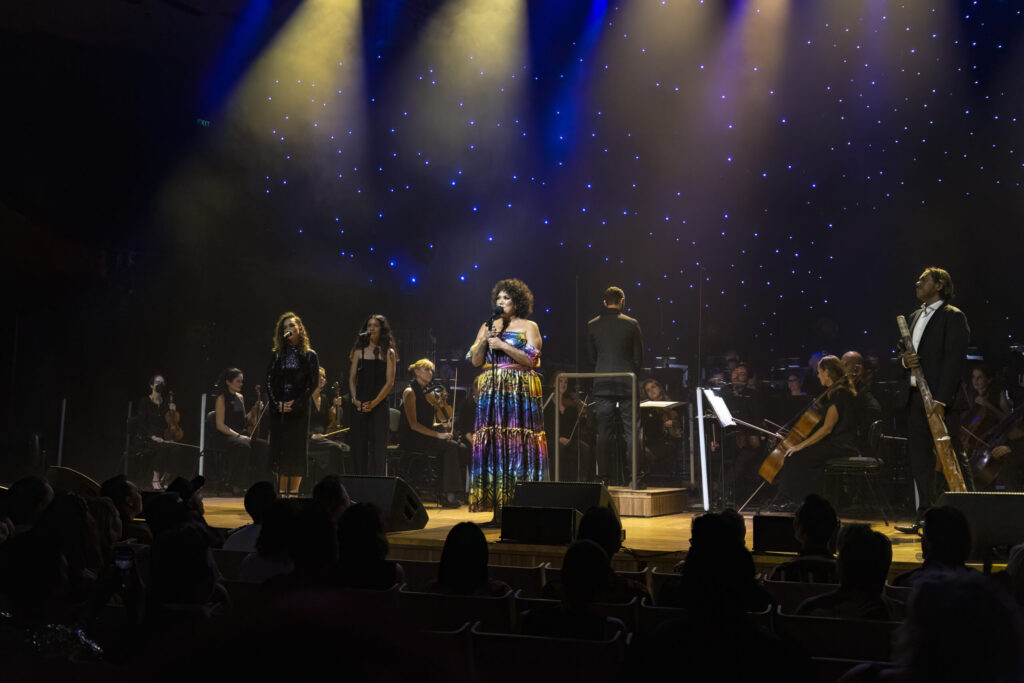
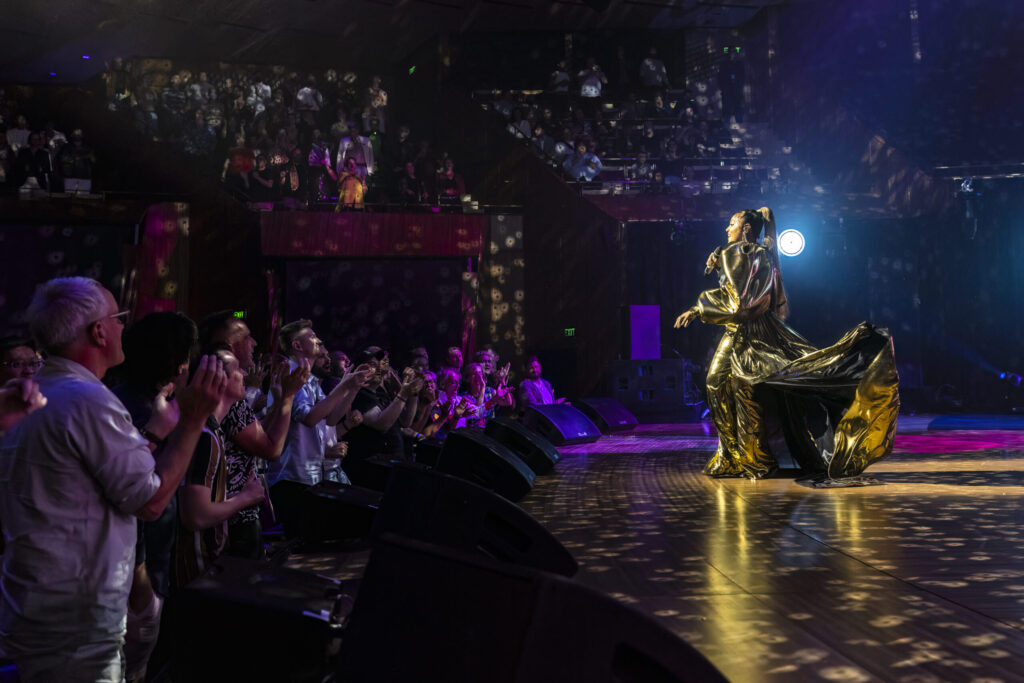
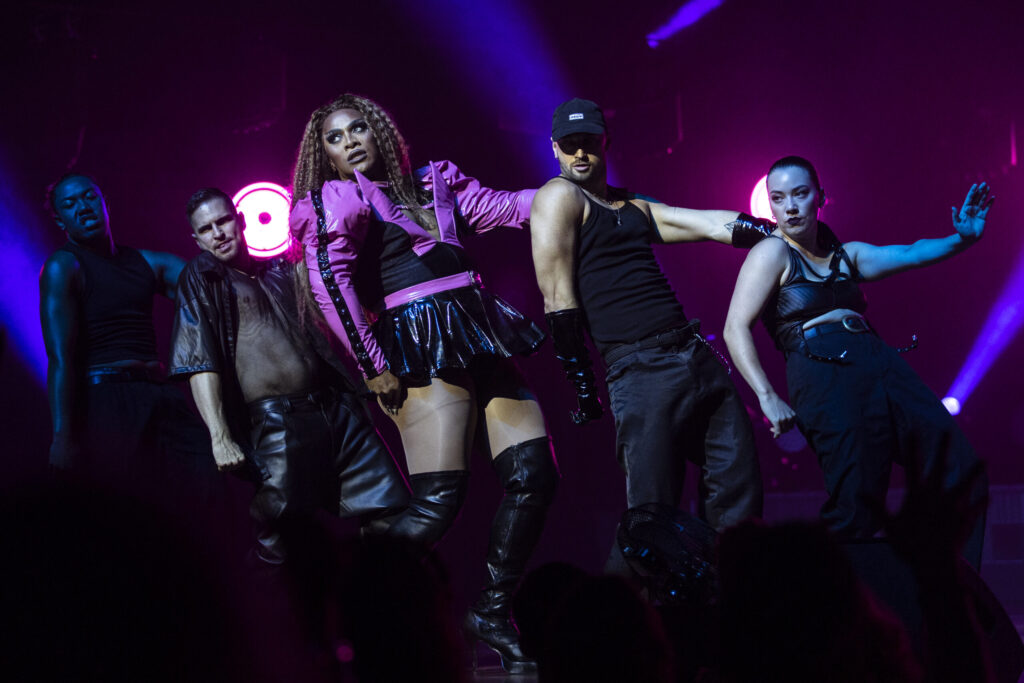
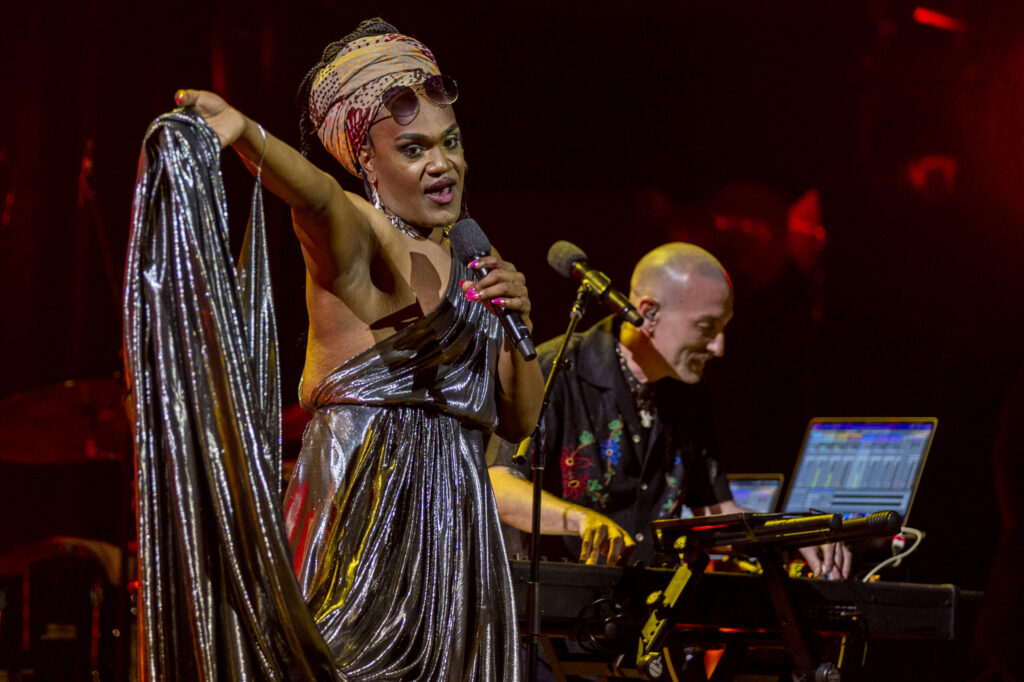
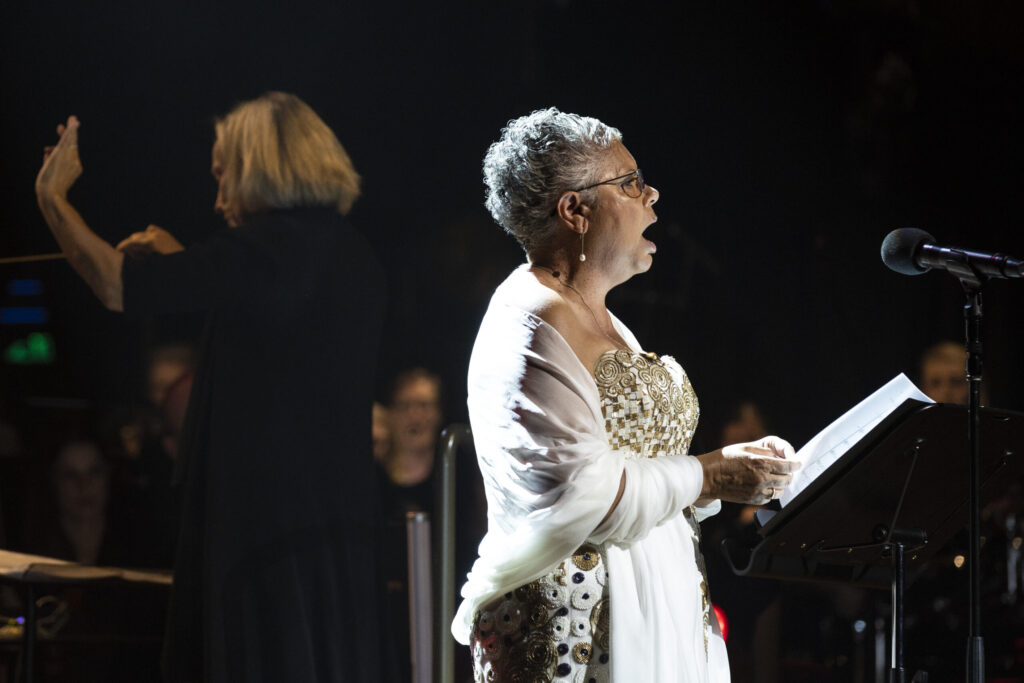
Blak & Deadly First Nations Concert Gala
“I think a big part of it was if you’re bringing the world to Sydney that the world needs to be aware that here, in Australia, we have the oldest surviving culture on the planet. If you are going to conduct business properly, or best practices, you need to start by acknowledging the traditional custodians, the First Peoples of the country wherever you’re doing your event,” said Graetz.
“So, it was important to ensure that First Nations people were really front and center and a part of every aspect of the festival. Pride festivals at their core are about equality and ensuring that all members of our community are elevated, amplified, and seen. So, we wanted to make sure First Nations people were a big part of that too.”
And now that Pride is over, the question is what’s next? When asked if he thought similar events would continue as part of future Mardi Gras festivities, he told us that the word ‘legacy’ was used quite a bit.
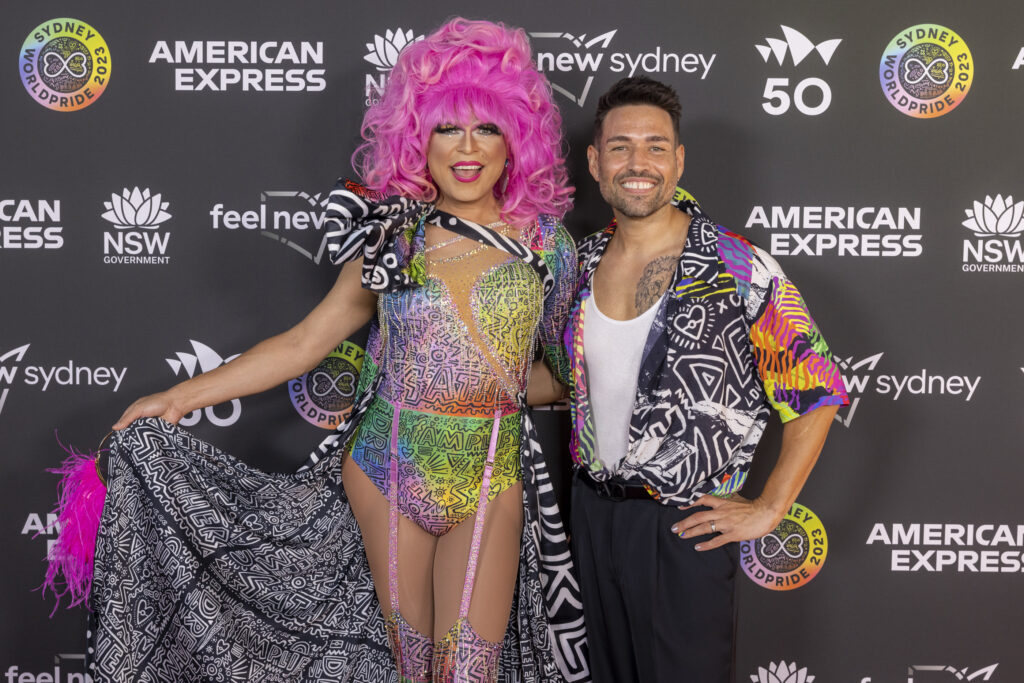
“I think the First Nations Gathering Space has shown that it’s really needed and important to us as First Nations people as well as our First Nations space at Carriageworks, which was extremely popular. So, hopefully, the Gathering Space will be something that we continue,” said Graetz, who was also part of a road tour across the country to spread the word about Sydney WorldPride and featured First Nations events.
He continued, “A lot of this stuff takes funding and money as we know. We need to ensure that we’re able to continue this in some way. It’s really going to be about what we can do that can be sustainable and how can we do it again.”
Graetz said the biggest feedback that SWP organizers have received was that there had been First Nations’ visibility seen throughout the entire festival – something he said they had worked hard to make sure was present in the festival’s programming, and leadership was crucial, too.
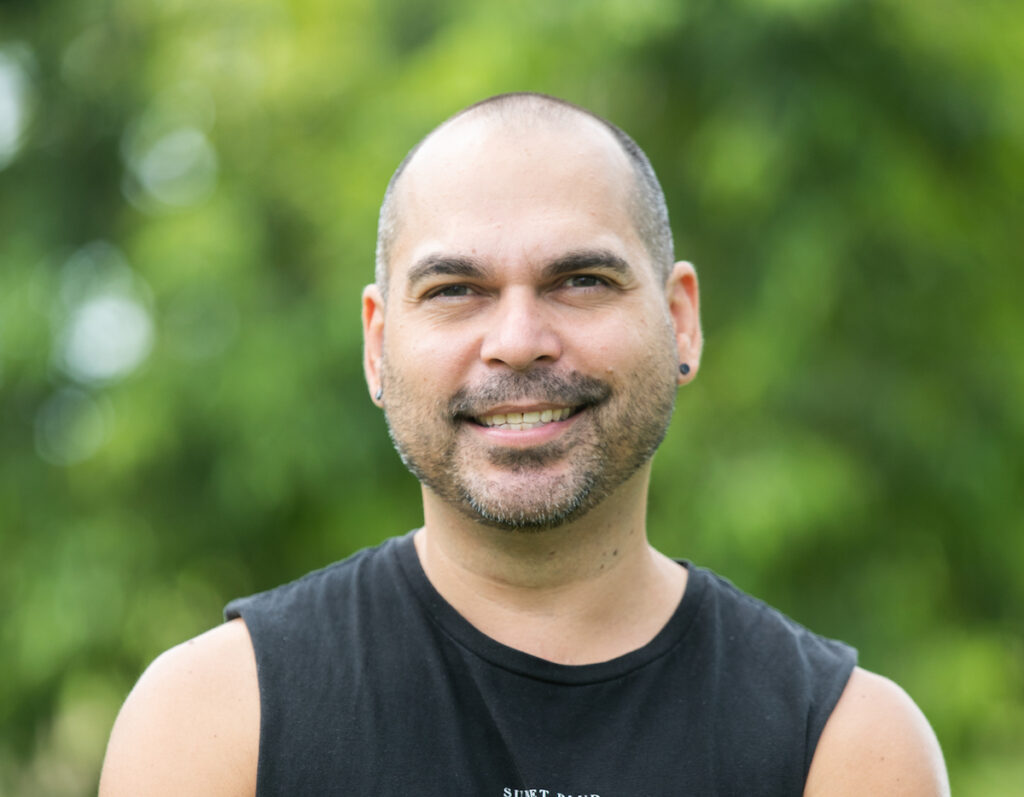
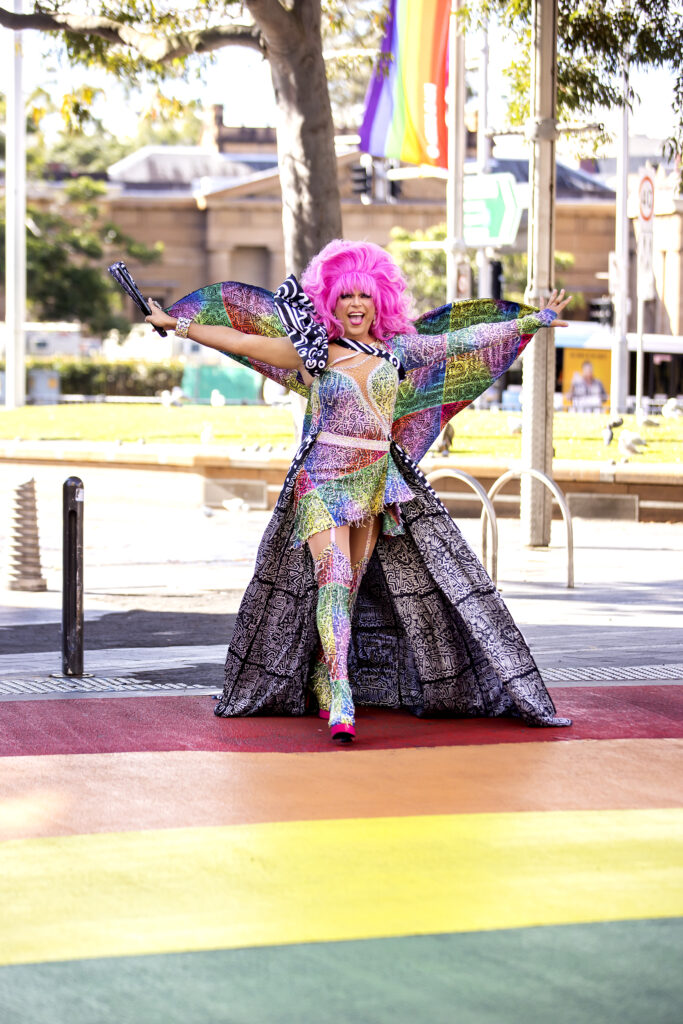
“We can always do more, but I think one of the reasons why it’s been so successful is because you’re putting people in the community in those leadership roles, and it’s been driven by those people. So, it comes across as being authentic because it is.”
In talking with Graetz, he also explained that First Nations elders, at least the majority of the community, embrace our queerness, including drag shows. He said that it becomes problematic – most of the time – when people’s religious beliefs get in the way, which he believes is a byproduct of colonization. “The majority of our community – I’m very proud to say – is very supportive of who we are. We know as First Nations people that it’s always been part of our culture,” he said.
Graetz wrapped up our conversation recommending that all people be proactive about learning about First Nations people and culture and its relationship with the queer community. “I think it’s just all about understanding the history and just really respecting that it is a really beautiful culture. A lot of Aboriginal and Torres Islanders want to share our stories, journeys, and culture. Don’t be afraid to explore, be inquisitive, or ask questions. That’s the way we’re going to move forward and have an incredible journey together.”
